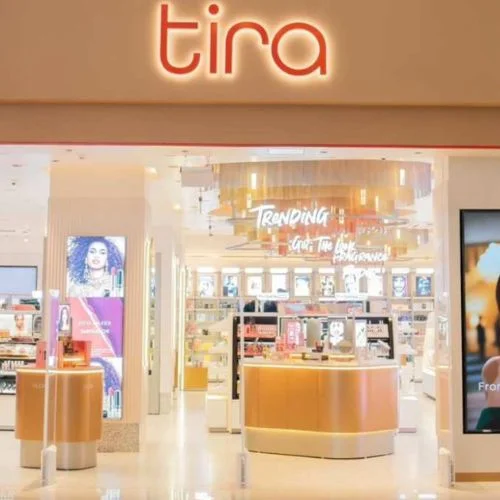Air India, which is controlled by Tata Sons, has applied to the civil aviation regulator DGCA for a waiver on merger laws for AI Express Express and AirAsia India. Before the NCLT approves the merger process, it wants permission to use the same pilots and cabin personnel and sell tickets under a single name.
Such clearance would expedite economic synergy between the two airlines, allowing them to plan routes, market, and sell tickets as a single business. It will also result in operational cost reductions by leveraging each other’s workforce.
This is significant since AirAsia India does not fly international routes, while Air India Express exclusively serves Middle Eastern destinations from towns in Kerala.
“While the two airlines now have a common booking engine and website, if a passenger searches for an international flight from cities like Mumbai or Delhi to Gulf, there are no flights available. The company is not able to take advantage of a common network yet,” a company official said.
The Tata group is in the process of integrating four firms to become two airlines: a low-cost carrier by combining AirAsia India and Air India Express, and a full-service carrier by combining Air India and Vistara.
While the merger of Air Asia India and Air India Express has been permitted by the Competition Commission of India, the Registrar of Companies and the NCLT have yet to sanction it. Internally, the airline has implemented a single CEO, a centralized booking system, a website, social media, and customer service channels.
“The group wants to fast-track the process so that it can take better advantage of the synergy and start common branding. The low-cost airline needs to capture the minds of customers for whom these are two separate entities with different service standards.”
Government insiders, however, said that the DGCA is unlikely to comply and would instead wait for the two airlines to integrate their air operators. “Currently AirAsia India and Air India Express operate on two air operator’s permits (AOP) which can happen only after NCLT and ROC’s approval. Cross utilization of each other’s crew and operating as a single brand will only be possible after the merger of the two AOP and forming common operating manuals,” a government official said.
According to the company official stated above, if the DGCA does not grant the waiver request, AirAsia India and Air India Express will enter into a code-sharing agreement, which is a standard practice throughout the world but is unusual in this situation since it is between two airlines from the same group. “In the absence of DGCA approval, the two airlines cannot be branded as a single one, but code sharing will allow AirAsia India’s domestic network for sale under the Air India Express code for tickets purchased in all international points where the airline operates.”
AirAsia India will become the world’s second-biggest low-cost carrier by the end of fiscal year 24 after adding 50 new Boeing 737 Max aircraft to its current fleet of 54 aircraft. Cambodia, China, Indonesia, the Philippines, Turkey, and Vietnam are among the countries where the airline aims to grow.















